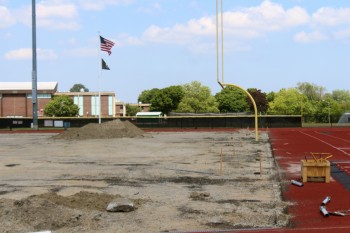While the weather is “iffy” this afternoon, if the stormy weather holds off until tomorrow, The Reminisants will be performing at the Payson Park Music Festival tonight, Wednesday, July 2 at 6:45 p.m. at Payson Park playground at the corner of Payson Road and Elm Street.
The group, which has been a PPMF favorite for several seasons, has been entertaining audiences of all ages throughout New England since 1973. The band specializes in music from the 1950’s through the 90’s, playing a collection of great music for all kinds of musical tastes and generations.
The concert is sponsored by East Boston Savings Bank and Sikellis Realty & Business Brokers.
